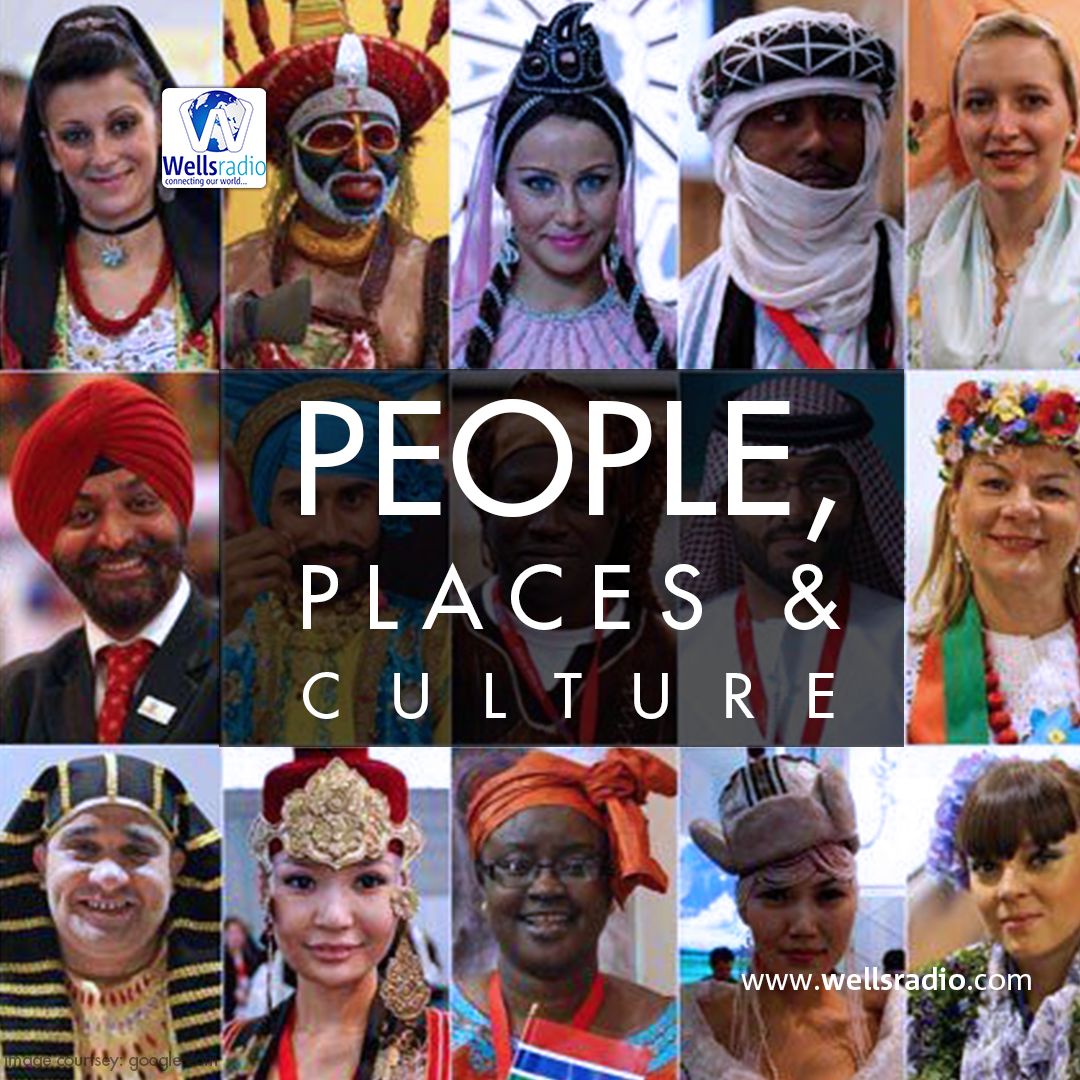There are estimates by the WHO that more than 125 million girls and women have undergone FGM/C. Annually, another two million girls under the age of 11 are said to be likely added to this figure but the WHO (2014) and UNICEF (2013) estimates it at 3 million. The practice is mostly concentrated in 27 countries in Africa, some parts of the Middle East (WHO, 2014), South and Southeast Asia (Office of Women’s Health, U.S Department of Health and Human Services, 2012). However, among the continents in which FGM/C is practice Africa ranks highest on the global prevalent scale. Despite the continuous advocacy for the eradication of the practice, FGM/C still exists in The Gambia, Somalia and some other part of Africa.
The practice is often conducted on minors between birth and puberty. However, this also depends on the culture and social surroundings of the victims. While some cultures conduct the initiation rite after birth or few months after, some do the initiation around the age of puberty to take girls through the ritual preparation of womanhood and marriage. For some tribes, the initiation is done by the time of marriage or shortly before child birth. Under human rights principles and standards, FGM/C constitutes an unacceptable violation of the rights of the girl child and adult women to their sexuality. International human rights conventions underscore the obligations of the United Nations member states to ensure the protection and promotion of human rights, including the rights to non-discrimination, to integrity of the person and to the highest attainable standard of physical and mental health.
Female genital mutilation is classified into 4 major types.
• Type 1: Often referred to as clitoridectomy, this is the partial or total removal of the clitoris.
• Type 2: Often referred to as excision, this is the partial or total removal of the clitoris and the labia minora .
• Type 3: Often referred to as infibulation, this is the narrowing of the vaginal opening through the creation of a covering seal. The seal is formed by cutting and repositioning the labia minora, or labia majora, sometimes through stitching, with or without removal of the clitoris (clitoridectomy).
• Type 4: This includes all other harmful procedures to the female genitalia for non-medical purposes, e.g. pricking, piercing, incising, scraping and cauterizing the genital area.
NOTE – No health benefits, only harm – The short and long term implications are endless.
On People, Places and Culture, we join the rest of the world to speak against this barbaric act.
Today on the program I’m joined by Dr, Seunfunmi Olutayo, The Coordinator Dept of Gender Studies , Institute of African Studies, University of Ibadan. She shared with me all we need to know about FGM.
To enable screen reader support, press Ctrl+Alt+Z To learn about keyboard shortcuts, press Ctrl+slash


